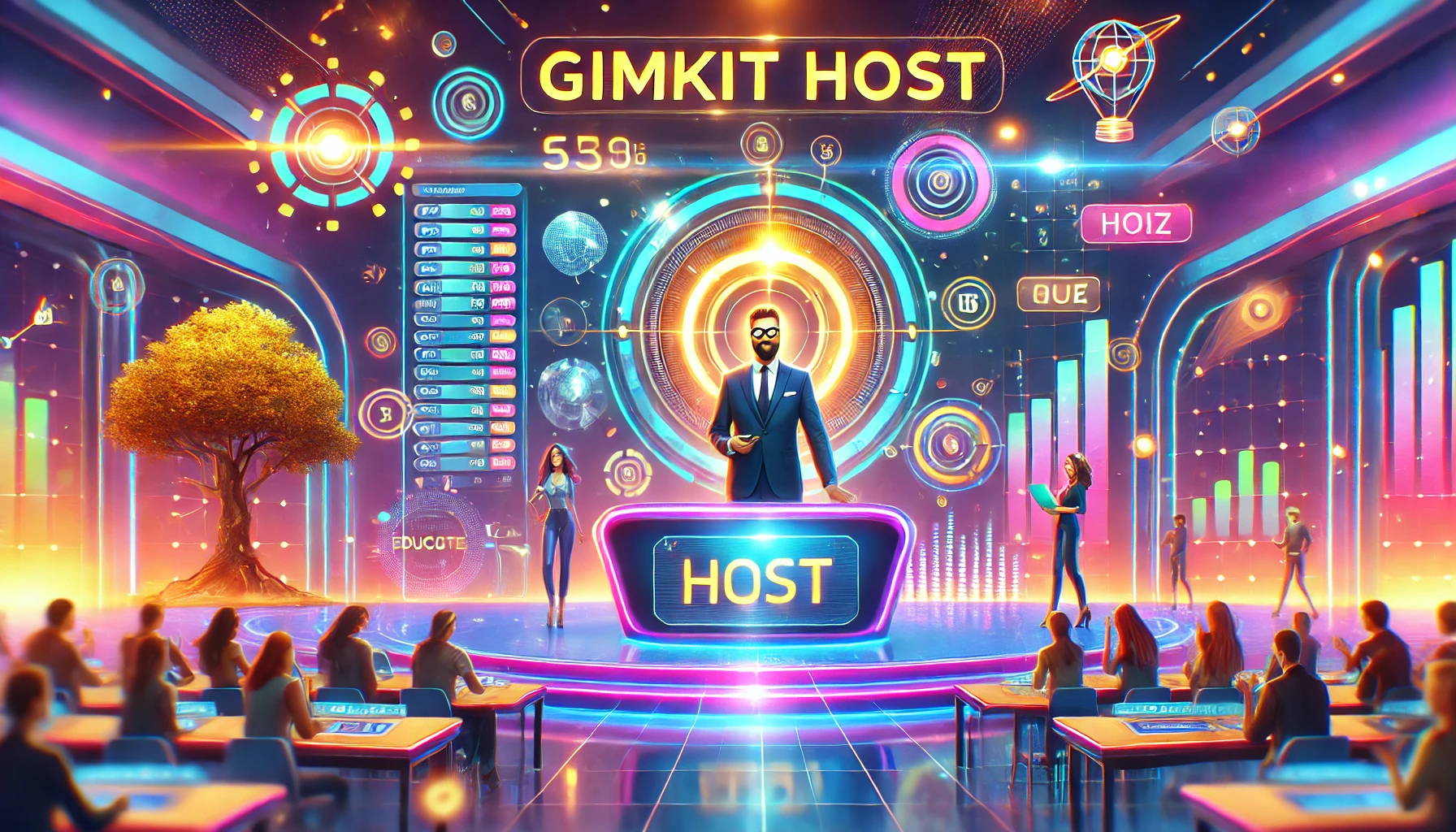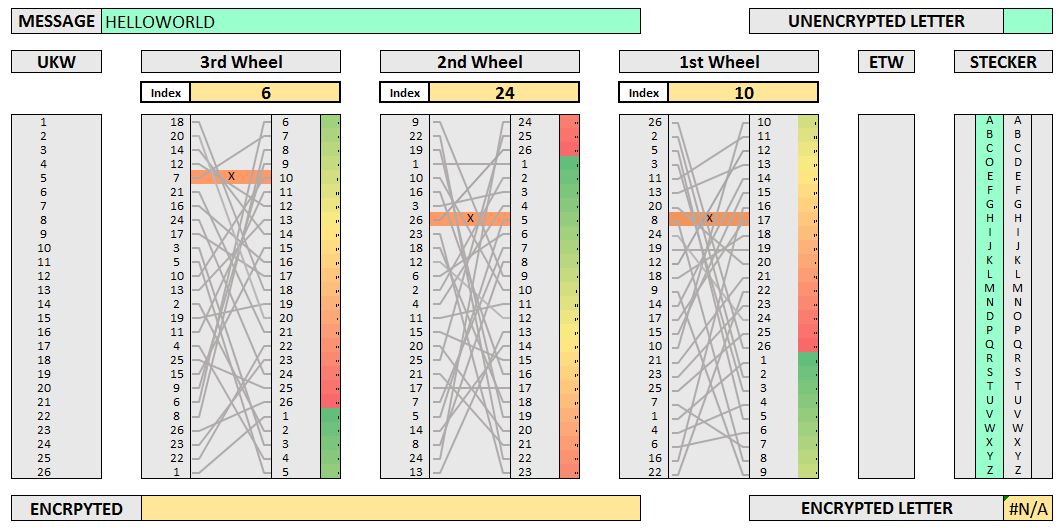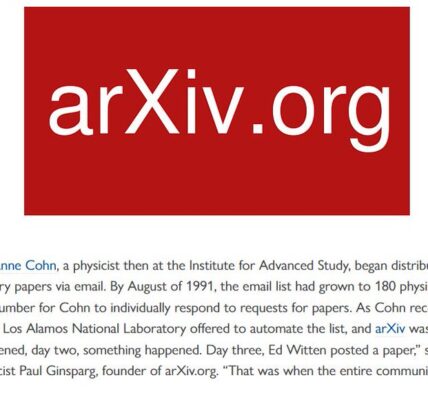Introduction
Soap operas, often referred to as “soaper TV,” have been a staple of television entertainment for decades. These serialized drama programs captivate audiences with their compelling storylines, emotional depth, and cliffhanger endings. Originating from radio dramas sponsored by soap manufacturers, soap operas have evolved into one of the most enduring and influential genres on television.
This article will explore soap operas’ history, evolution over the years, cultural impact, and relevance in today’s ever-changing media landscape.
The Origins of Soaper TV
The term “soap opera” originated in the early 20th century when detergent companies sponsored radio drama programs. These early soap operas were designed to attract housewives at home during the day, making them a prime audience for household product advertisements.
The first recognized soap opera was “Painted Dreams”, which aired on the radio in 1930. Created by Irna Phillips, who later became one of the most influential figures in soap opera history, “Painted Dreams” set the foundation for serialized storytelling that revolved around family drama, romance, and personal conflicts.
Transition to Television
With the rise of television in the 1950s, soap operas transitioned from radio to the small screen. The first television soap opera, “These Are My Children,” aired in 1949. However, it was “Guiding Light,” originally a radio drama, that became one of the most iconic and longest-running TV soap operas, airing from 1952 to 2009.
As television became a dominant form of entertainment, soap operas flourished. Shows like “As the World Turns,” “General Hospital,” “Days of Our Lives,” and “The Young and the Restless” captivated audiences with their intricate plots, dramatic twists, and evolving characters.
The Golden Age of Soap Operas
The 1970s and 1980s marked the golden age of soap operas. During this period, daytime dramas reached peak popularity, attracting millions of viewers daily.
Elements of Classic Soap Operas
Several key elements contributed to the success of soap operas:
Cliffhangers: Each episode ended with unresolved conflicts, encouraging viewers to tune in the next day.
Interwoven Storylines: Multiple story arcs ran simultaneously, ensuring constant engagement.
Romantic Drama: Love triangles, betrayals, and passionate romances were core themes.
Family and Social Issues: Soap operas often tackled social themes such as divorce, illness, and addiction.
Longevity: Many soap operas ran for decades, with characters evolving and new generations introduced over time.
Shows like “Dallas” and “Dynasty” brought soap opera storytelling to prime time, combining the dramatic elements of daytime soaps with larger budgets, elaborate settings, and intense rivalries. The “Who Shot J.R.?” storyline from “Dallas” became one of the most famous cliffhangers in TV history.
Evolution and Modernization
By the 1990s and early 2000s, soap operas began adapting to changing viewer habits and cultural shifts. While daytime soaps continued, they faced increased competition from reality TV, talk shows, and streaming services.
Key Changes in Soap Operas
Diverse Storylines: Traditional soap operas expanded their themes to include LGBTQ+ representation, mental health issues, and multicultural characters.
Higher Production Values: Improved cinematography and more dynamic storytelling techniques modernized the genre.
Prime Time and Streaming Soaps: Shows like “Desperate Housewives” and “Grey’s Anatomy” incorporated soap opera elements into mainstream TV, attracting younger audiences.
Shorter Story Arcs: Unlike classic soaps, which had long-running plots, modern soaper TV adapted shorter, more concise arcs to fit current viewing trends.
The Decline of Traditional Daytime Soaps
Despite their long history, many classic soap operas have been canceled due to declining viewership. Shows like “All My Children” and “One Life to Live” ended after decades on air, marking a shift in audience preferences. The decline of stay-at-home daytime viewership, combined with the rise of on-demand streaming, changed the way people consumed serialized drama.
The Resurgence of Soap Opera Elements in Modern TV
While traditional daytime soap operas have declined, their storytelling techniques continue to influence modern television. Popular series such as “Bridgerton,” “Scandal,” and “Euphoria” incorporate high-stakes drama, intricate relationships, and long-term character development—hallmarks of classic soaper TV.
The Influence of Soaper TV on Streaming Platforms
Streaming services like Netflix, Hulu, and Amazon Prime have revitalized serialized storytelling. Shows like “Virgin River,” “Firefly Lane,” and “The Crown” incorporate soap opera elements while offering binge-worthy content. Unlike traditional soaps, which require daily commitment, streaming soaps allow viewers to watch at their own pace.
The Future of Soaper TV
Soap operas have proven their resilience by evolving with the times. The future of soaper TV may include:
Digital-First Soap Operas: Web series and streaming-exclusive soap operas will likely become more popular.
Interactive Storytelling: With advances in technology, viewers may get to influence plot directions through interactive content.
Diverse Representation: Future soap operas will continue to include more inclusive and global storylines.
Hybrid Formats: Mixing traditional soap elements with reality TV, true crime, or fantasy genres could create new storytelling opportunities.
Conclusion
Soaper TV has played a crucial role in shaping television history. From its humble beginnings as radio dramas sponsored by soap brands to becoming a defining genre of television, soap operas have evolved to meet changing audience demands. While traditional daytime soaps have declined, their influence is still felt across modern television, streaming platforms, and digital storytelling.
With continued adaptation and innovation, the spirit of soaper TV will likely endure, captivating audiences for generations to come. Whether through classic storytelling, new digital formats, or hybrid genres, the legacy of soap operas remains a testament to the power of emotional and immersive storytelling in entertainment.





